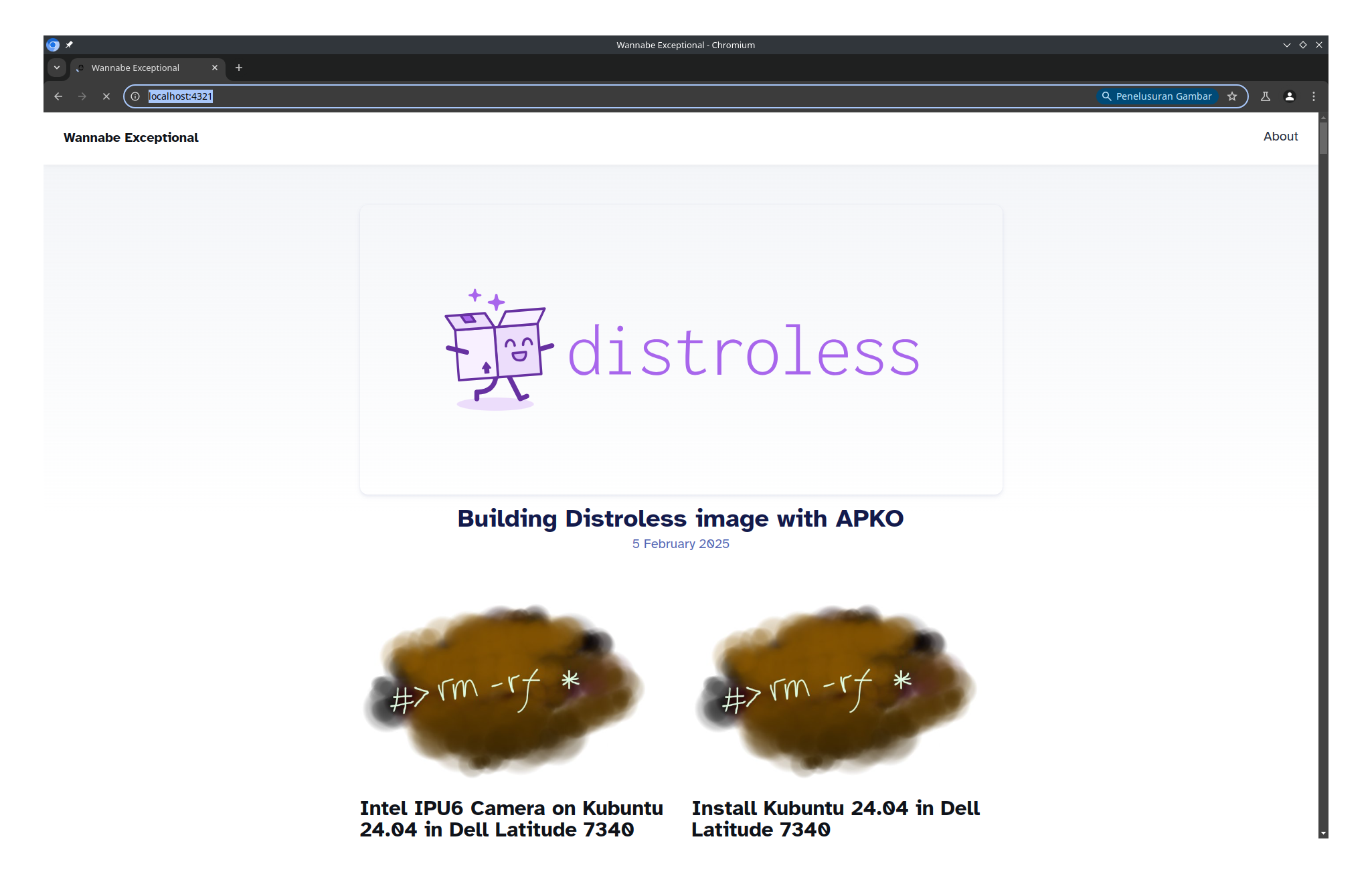TL;DR
- Agent OS is a comprehensive framework that transforms AI coding agents from confused interns into productive developers
- Core Innovation: Three-layer context system (Standards, Product, Specs) that gives AI agents complete project understanding
- Target Platforms: Works with Claude Code, Cursor, or any AI coding tool
- Key Value: Enables AI to write code that looks like you wrote it—first time, every time
- Installation: Flexible two-part system (base installation + project installation) for maximum customization
1. Introduction
Agent OS represents a paradigm shift in AI-assisted software development. Created by Builder Methods, this innovative framework addresses the fundamental challenge of AI coding agents: they often produce code that doesn’t match team standards, coding styles, or project requirements.
The core insight behind Agent OS is that AI coding agents need more than just prompts—they need an operating system that provides structured context about how you build software, what you’re building, and what you need built next.
2. The Three-Layer Context Architecture
Agent OS works by layering context—just like you’d onboard a human developer. Each layer builds on the previous one, creating a complete picture of how you build software.
2.1 Layer 1: Standards (How You Build Software)
The foundation layer defines your coding standards, style, best practices, and common tech stacks:
Tech Stack Standards (tech-stack.md)
- Default frameworks, libraries, and tools
- Version preferences and configurations
- Development environment setup
Code Style Standards (code-style.md)
- Formatting rules and naming conventions
- Language-specific style guidelines
- Code organization patterns
Best Practices (best-practices.md)
- Development philosophy (e.g., TDD, commit patterns)
- Patterns to follow and avoid
- Quality assurance standards
2.2 Layer 2: Product (What You’re Building)
The product layer documents your mission, architecture, roadmap, and decisions:
Mission (mission.md)
- What you’re building, for whom, and why it matters
- Target users and use cases
- Success metrics and goals
Roadmap (roadmap.md)
- Features shipped, in progress, and planned
- Development phases and milestones
- Priority and sequencing
Decisions (decisions.md)
- Key architectural and technical choices
- Rationale for major decisions
- Trade-offs and alternatives considered
Product-Specific Stack (tech-stack.md)
- Exact versions and configurations for this codebase
- Project-specific tooling and dependencies
2.3 Layer 3: Specs (What You Need Built Next)
The specs layer provides detailed plans and tasks for each feature:
Spec Requirements Document (SRD)
- Goals for the feature and user stories
- Success criteria and acceptance tests
- Business and technical requirements
Technical Specifications
- API design and database changes
- UI requirements and user flows
- Integration points and dependencies
Task Breakdown
- Trackable step-by-step implementation plan
- Dependencies and execution order
- TDD-focused task organization
3. Installation and Setup
3.1 Flexible Two-Part Installation
Agent OS uses a flexible installation system that separates system-wide defaults from project-specific customizations:
Base Installation (System-wide defaults)
# For Claude Code
curl -sSL https://raw.githubusercontent.com/buildermethods/agent-os/main/install/claude-code.sh
# For Cursor
curl -sSL https://raw.githubusercontent.com/buildermethods/agent-os/main/install/cursor.sh
Project Installation (Self-contained setup)
# Install into existing project
./agent-os/setup/project.sh
# Or install directly from GitHub
curl -sSL https://raw.githubusercontent.com/buildermethods/agent-os/main/install/project.sh
3.2 Installation Structure
Base Installation Structure:
~/.agent-os/
├── config.yml # Tracks versions and project types
├── standards/ # Your default standards
│ ├── tech-stack.md
│ ├── code-style.md
│ └── best-practices.md
├── instructions/ # Core Agent OS instructions
│ ├── core/
│ ├── meta/
│ ├── pre-flight.md
│ └── post-flight.md
├── commands/ # Commands for your AI tools
└── setup/ # Installation scripts
Project Installation Structure:
your-project/
├── .agent-os/ # Project's Agent OS files
│ ├── instructions/ # Copied from base
│ ├── standards/ # Copied from base (customizable)
│ ├── product/ # Created by Agent OS
│ ├── recaps/ # Created by Agent OS
│ └── specs/ # Created by Agent OS
├── .claude/ # If using Claude Code
└── .cursor/ # If using Cursor
4. Development Workflow
4.1 Three-Phase Development Process
Phase 1: Define Your Standards
- Customize base installation standards to match your preferences
- Set up coding standards, style guidelines, and best practices
- Configure tech stack defaults and development philosophy
Phase 2: Initiate a Project
- Use
/plan-productfor new products - Use
/analyze-productfor existing codebases - Generate mission, roadmap, and product documentation
Phase 3: Plan & Build Features
/create-spec- Create detailed spec for features/create-tasks- Generate task breakdown/execute-tasks- Implement features with full context
4.2 Spec-Driven Development Commands
Product Planning:
/plan-product- Plan new products with comprehensive setup/analyze-product- Analyze existing codebases and generate documentation
Feature Development:
/create-spec- Create detailed specifications for features/create-tasks- Generate TDD-focused task breakdowns/execute-tasks- Implement features with full context awareness
Supporting Commands:
/refine-spec- Improve existing specifications/review-tasks- Review and adjust task breakdowns/update-roadmap- Update project roadmap based on progress
5. Advanced Features
5.1 Project Types (Optional)
For teams working on different types of projects, Agent OS supports project type configurations:
project_types:
default:
instructions: ~/.agent-os/instructions
standards: ~/.agent-os/standards
ruby-on-rails:
instructions: ~/.agent-os/project_types/ruby-on-rails/instructions
standards: ~/.agent-os/project_types/ruby-on-rails/standards
react:
instructions: ~/.agent-os/project_types/react/instructions
standards: ~/.agent-os/project_types/react/standards
5.2 Context Management
Agent OS manages context efficiently by:
- Loading only relevant standards for current work
- Organizing information hierarchically
- Providing context-aware command suggestions
- Maintaining clean separation between base and project files
5.3 Integration Capabilities
AI Tool Integration:
- Claude Code - Native slash command integration
- Cursor - Custom rules and commands
- Generic AI tools - RESTful API and file-based context
Development Environment:
- VS Code - Extension and workspace integration
- Git - Automatic commit and branch management
- CI/CD - Headless execution support
6. Refinement and Best Practices
6.1 The Refinement Loop
Agent OS implements a continuous improvement process:
- What worked well? - Document patterns to repeat
- What needed correction? - Identify gaps in standards or instructions
- What surprised you? - Note unexpected approaches worth adopting
6.2 Common Refinements
After Your First Project:
- Add specific examples to
code-style.md - Update
best-practices.mdwith patterns you corrected - Clarify tech stack choices that caused confusion
After Code Reviews:
- Document patterns you consistently correct
- Add “don’t do this” examples to standards
- Incorporate team preferences into standards
After Team Feedback:
- Document naming conventions everyone agrees on
- Add team-specific workflows to best practices
- Incorporate team preferences into standards
6.3 Making Refinements Stick
Be Specific:
- ❌ “Write better tests”
- ✅ “Write integration tests first, then unit tests. Mock external services using [specific pattern]”
Show, Don’t Just Tell:
- Include code examples in standards
- Show both good and bad patterns
- Explain why one approach is preferred
Version Your Changes:
- Update version numbers for significant changes
- Keep changelog at bottom of modified files
- Track what changed and when
7. Comparative Analysis
7.1 Against Traditional AI Development
| Aspect | Traditional AI Development | Agent OS |
|---|---|---|
| Context | Generic prompts, limited understanding | Three-layer context system |
| Code Quality | Variable, requires extensive review | Consistent with team standards |
| Onboarding | Manual prompt engineering | Structured standards and instructions |
| Iteration | Multiple rounds of corrections | First-pass quality through context |
| Team Consistency | Individual developer patterns | Enforced team standards |
| Documentation | Separate concern | Integrated context system |
7.2 Against Other AI Development Tools
Cursor:
- More general-purpose IDE features
- Less specialized for AI context management
- Limited structured workflow support
GitHub Copilot:
- Focuses on code completion
- Lacks comprehensive project context
- No structured development workflow
ChatGPT/Code Interpreter:
- No deep codebase integration
- Limited understanding of project standards
- No persistent context management
Agent OS:
- Specialized for AI-first development
- Comprehensive context management
- Structured development workflow
- Production-ready code generation
8. Troubleshooting and Tips
8.1 Common Issues
Agent Not Following Your Style:
- Check standards files are specific enough
- Add examples to
code-style.md - Update
best-practices.mdwith clear dos and don’ts
Tasks Too Big or Too Small:
- Review task breakdown during
/create-spec - Ask agent to adjust: “Can you break task 3 into smaller sub-tasks?”
- Or: “Tasks 2 and 3 should be combined”
Wrong Technical Approach:
- Review technical specs during planning phase
- Say: “I’d prefer we use [different approach] for this”
- Update relevant standards files to prevent future issues
8.2 Tips for Success
Review Plans Carefully:
- Planning phase is crucial—invest time here to save time later
- Review PRD and task breakdown before execution
- Ask agent to adjust plans if something doesn’t look right
- Ensure alignment on approach before coding begins
Start Small:
- Don’t try to document everything at once
- Begin with basic standards, refine as you go
- Add complexity gradually based on experience
Be Specific:
- ❌ “Use PostgreSQL” → ✅ “Use PostgreSQL 15+ with schemas for multi-tenancy”
- ❌ “Write tests” → ✅ “Write unit tests first, aim for 80% coverage”
Trust the Process:
- Let agent own entire features, not just snippets
- Review and refine rather than micromanage
- Allow agent to work autonomously with full context
Know When to Start Fresh:
- Not happy with implementation? Often better to revert and redo with better planning
- Don’t ask agent to fix incorrectly implemented code—start clean with refined specs
- Clear redo usually beats incremental fixes
9. Future Implications
9.1 Development Team Evolution
Agent OS suggests a future where:
- AI becomes the primary developer for feature implementation
- Human developers focus on architecture, strategy, and high-level design
- Development velocity increases by 3-5x through AI leverage
- Code quality becomes more consistent across teams and projects
9.2 Industry Standardization
The framework contributes to emerging standards in:
- AI development practices and methodologies
- Context engineering for AI-assisted development
- AI-human collaboration patterns in technical teams
- Production readiness criteria for AI-generated code
9.3 Technology Ecosystem Impact
Agent OS influences the broader ecosystem by:
- Raising expectations for AI development tools
- Driving adoption of structured development practices
- Creating demand for better AI context management
- Establishing patterns for AI-first development workflows
10. Conclusion
Agent OS represents a significant leap forward in AI-assisted software development. By providing a comprehensive operating system for AI coding agents, it addresses the fundamental limitations of traditional prompting approaches.
The three-layer context architecture (Standards, Product, Specs) gives AI agents the complete understanding they need to produce code that matches team standards, follows project conventions, and meets business requirements—on the first try.
The framework’s success in enabling “code that looks like you wrote it” suggests that the future of software development will be increasingly AI-first, with human developers focusing on strategy, architecture, and refinement rather than implementation details.
As AI development tools continue to mature, frameworks like Agent OS will likely become the standard for teams seeking to leverage AI for production software delivery at scale.


